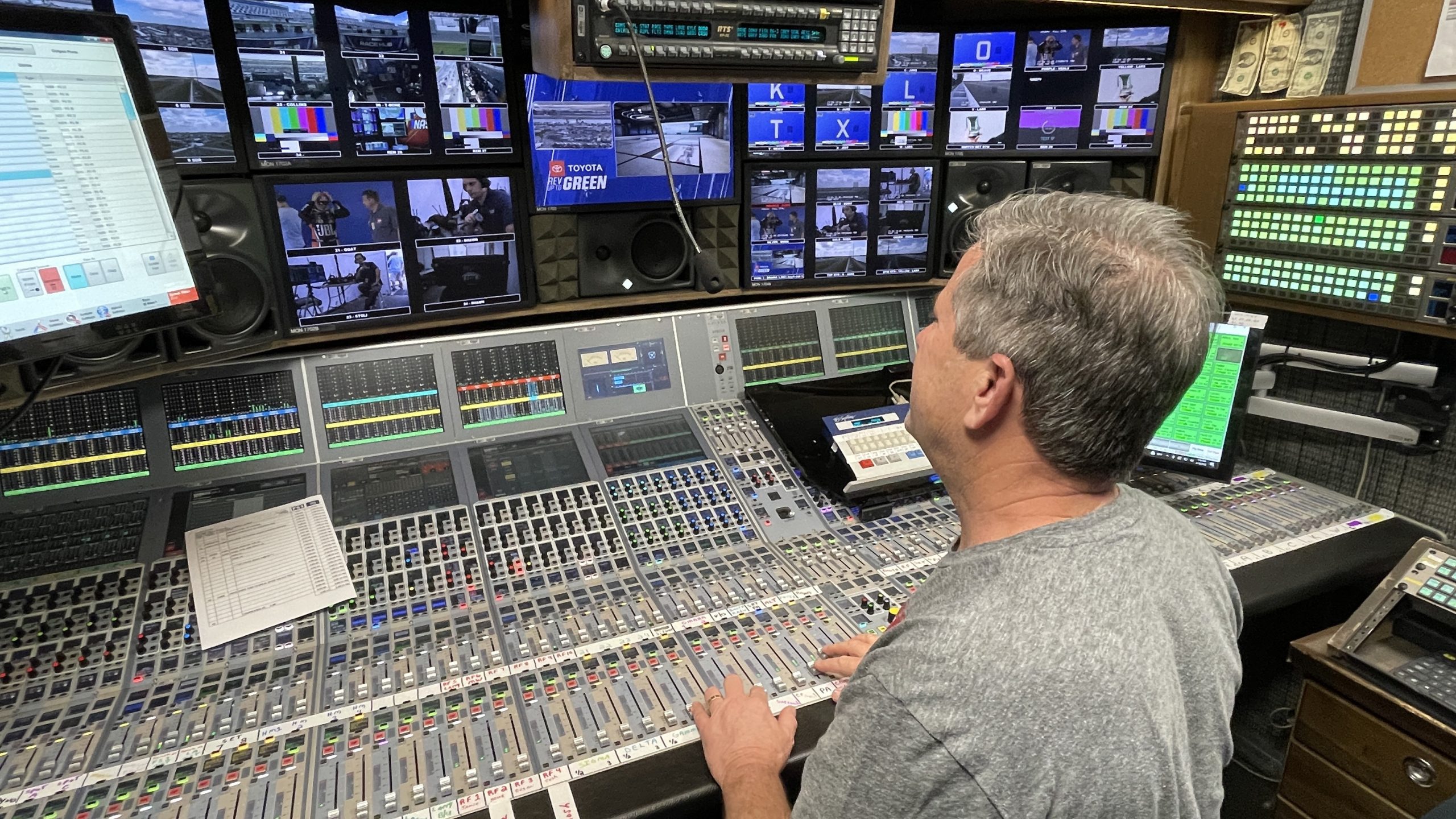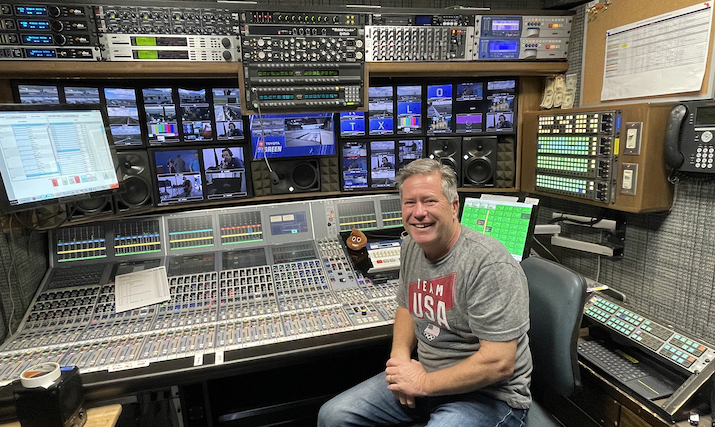Live From Daytona 500: Fox Sports Will Still ‘Crank It Up’ for the Iconic Race
‘Almost back to normal’ operation will be marked by a new car and its sound, remote-production workflows
Story Highlights
NASCAR’s Daytona 500 weekend starts today, and the audio crew is enjoying what seems like an almost normal experience. Even so, this year’s race will continue to deploy much of the workflow developed during the pandemic, including a geographic potpourri of remote locations beyond Florida.
“The COVID restrictions are lighter than they were last year,” A1 Kevin McCloskey notes happily. “We’re still wearing masks when we need to, but it’s starting to feel more like it used to.”
Handling Fox Sports’ coverage, McCloskey will be onsite working aboard Game Creek Encore mobile unit (they’ll shift to Game Creek Cleatus for the rest of the season), with submixer Chip Weaver and Doug Wilson, who is in charge of comms at the track.
MORE FROM DAYTONA 500
- Fox Sports Makes 2022 NASCAR Season Debut With 1080p HDR Broadcast, Massive Onsite Presence
- TD John Howard Pulls Double Duty at Super Bowl LVI, Super Bowl of Racing
- Fox Sports Studio Team Parks in Old Victory Lane for Stunning Backdrop
- Beverly Hills Aerials Takes to the Sky With FPV Racing, Heavy Lift Drones
- BSI Adapts to Next-Gen Cars With New Front, Rear Bumper Cams
- SMT Amplifies Fox Sports’ New Graphics Package With Heart Rate Telemetry, Real-Time Position Tracking
- Game Creek Video Readies Encore Mobile Unit for NASCAR on Fox Season Opener
Working remotely will be Andy Roston, handling race-car and truck comms from New York; radio editor Jeff Bratta at home in Georgia; and radio mixer Jeff Feltz, on a Calrec Brio console at his home in Indianapolis. Tape and graphics operations are located in Pittsburgh; video editing, in Charlotte, NC.
Both Bratta and Feltz are using Unity Intercom as the audio-signal transport format. Their signals are converted to and from Dante at the track. Comms are via the RTS Voice Over Network (RVON).
That New-Car Sound
The big change this year is the car itself and, as a result, its sonic signature. The Next Gen car under development has left and right manifolds and downpipes, with twin exhaust pipes running through boxed channels under both sides of the car and exiting in front of both rear wheels. It’s a significant change from the previous single right-side exhaust exit configuration. And you can hear it.

Kevin McCloskey will be onsite at International Speedway in Daytona, with several operations being handled remotely.
“The car is definitely throatier and deeper sounding,” says McCloskey. “I noticed that immediately. It’s a huge difference in the sound.”
That won’t change effects-capture techniques; the same number, type, and position of microphones deployed is the same as in previous years. McCloskey says he might add just a touch of EQ as needed.
Another new wrinkle is the beta use of a newly developed software intended to improve intelligibility of in-car–radio voice audio. The new noise-reduction software was developed for Fox Sports, and this will be its first use on-air. However, the approximately 10 seconds it takes to do its processing means that it won’t be used live. But, says McCloskey, viewers can look forward to much clearer audio from the cars, which has always been a fan favorite.
One other fan fav is also returning. “Crank It Up,” the SFX “drum solo” that Fox inserts at some point during the race, made up of a mix directly from Weaver’s Calrec Artemis submix console and sent through McCloskey’s main mix, will be part of the show’s sound.
Says McClosky, “It’s not a NASCAR race without ‘Crank It Up.’”

